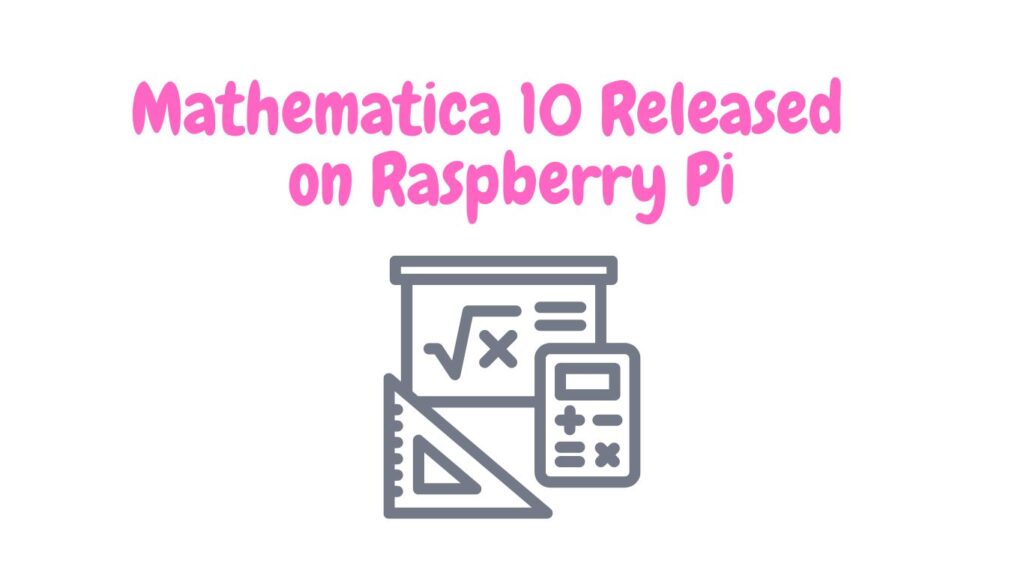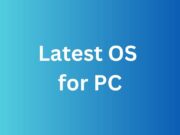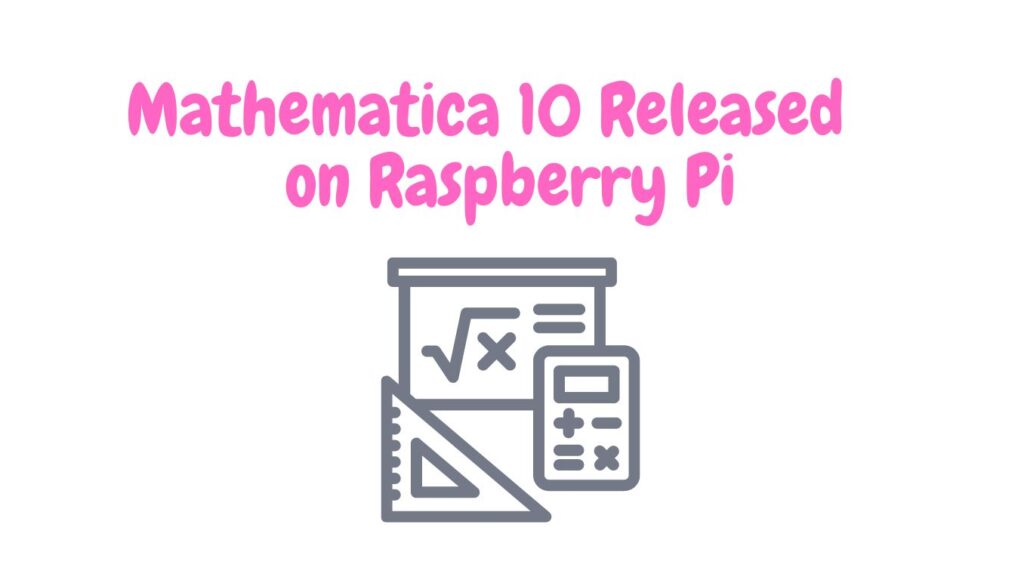Mathematica 10 was released on Raspberry Pi in 2014. This was a significant development,
as it meant that the powerful mathematics and computation software could run on a low-cost,
credit-card sized computer like the Raspberry Pi.
Software of Mathematica 10 on Raspberry Pi included many of the same features as the
The release of Mathematica 10 on Raspberry Pi was seen as an important step
in making advanced mathematics and computation more accessible to a wider audience,
particularly students and hobbyists who may not have access to more expensive hardware or software.
It also allowed for the development of new and innovative projects using Mathematica on the Raspberry Pi platform.

Mathematica 10 Raspberry Pi Specification
The Raspberry Pi version of Mathematica 10 has the following minimum specifications:
- Raspberry Pi Model B, B+ or 2 Model B
- Raspbian operating system
- 700 MHz ARM1176JZF-S core processor
- 512MB RAM
- Internet connection for installation and activation
Note that these are the minimum requirements and may not provide optimal performance.
It is recommended to use a more powerful Raspberry Pi model with additional RAM and
processing power for optimal performance when using Mathematica.
Characteristic
The Raspberry Pi version of Mathematica Ten has a number of characteristics
that make it unique compared to other versions of Mathematica. Some of the key characteristics include:
Optimized for the Raspberry Pi platform: Mathematica Mathematica Version Ten for Raspberry Pi is
optimized for the ARM architecture of the Raspberry Pi, which provides efficient performance on this low-cost computer.
Integration with the Wolfram Language: The Raspberry Pi version of Mathematica Version X includes
full integration with the Wolfram Language, which is a high-level programming
language designed specifically for mathematical and scientific computation.
Access to the Wolfram Knowledgebase: Mathematica Version Temfor Raspberry Pi
includes access to the Wolfram Knowledgebase, which is a vast repository of
curated and computable data covering a wide range of topics, from physics and chemistry to geography and linguistics.
Compatibility with the Raspberry Pi GPIO: Mathematica Version Ten for Raspberry Pi includes support for
the General Purpose Input/Output (GPIO) pins on the Raspberry Pi,
which allows users to interact with the physical world through sensors, motors, and other devices.
Educational focus: The Raspberry Pi version of Mathematica Ten has a strong focus on education,
with a range of resources and examples designed to help students and educators learn
and apply mathematical concepts in a fun and engaging way.
Overall, the Raspberry Pi version of Mathematica Mathematica Version X is a powerful and versatile tool for
mathematical and scientific computation, with a range of features and resources specifically tailored to the Raspberry Pi platform.
Supporting Devices Mathematica 10
The Raspberry Pi version of Mathematica 10 is designed to run on various models of the Raspberry Pi. Here is a list of the Raspberry Pi devices that are officially supported by Mathematica 10:
- Raspberry Pi Model B
- Raspberry Pi Model B+
- Raspberry Pi 2 Model B
- Raspberry Pi 3 Model B
- Raspberry Pi 3 Model B+
- Raspberry Pi 4 Model B (1GB, 2GB, 4GB and 8GB RAM versions)
Note that Mathematica 10 is not officially supported on the Raspberry Pi Zero or
Raspberry Pi Zero W, as these devices have less processing power and memory than the supported models.
Additionally, the Raspberry Pi version of Mathematica Mathematica Version 10 requires a working Internet connection
for installation and activation, as well as the Raspbian operating system.
It is recommended to use the latest version of Raspbian to ensure compatibility and optimal performance.
























